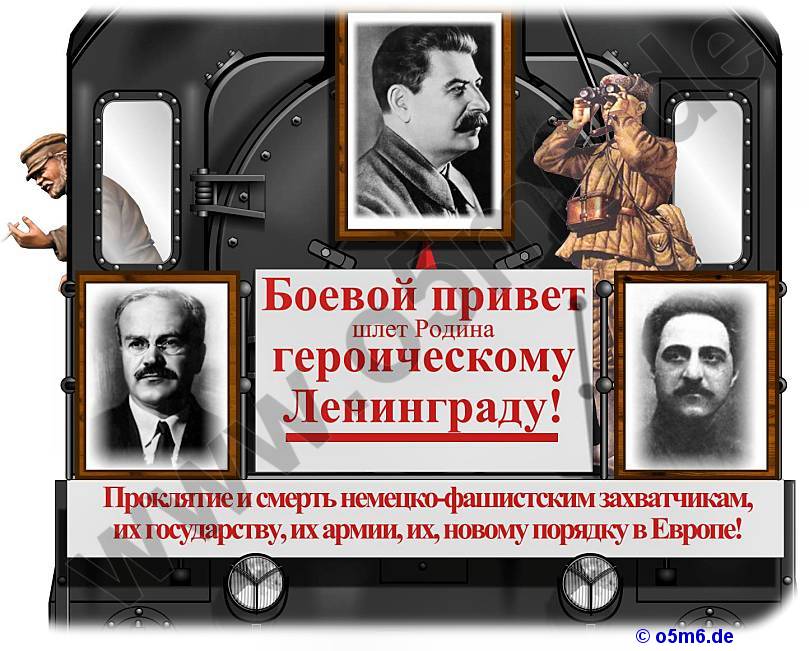
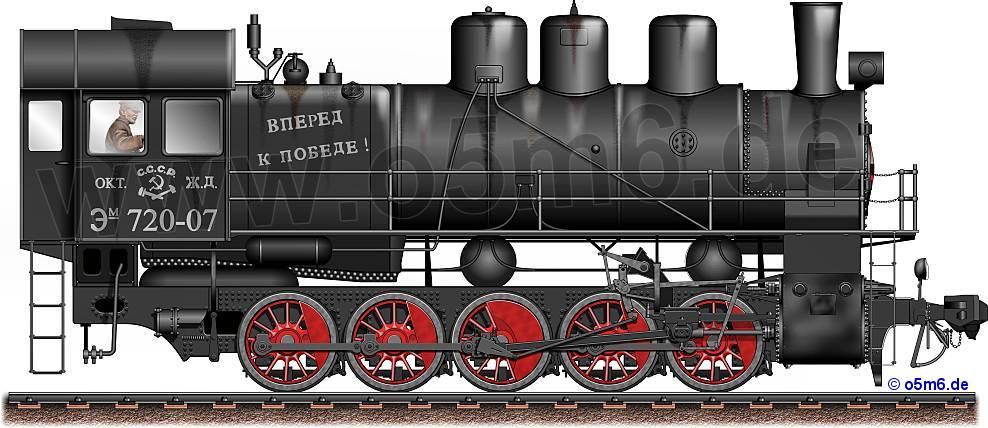

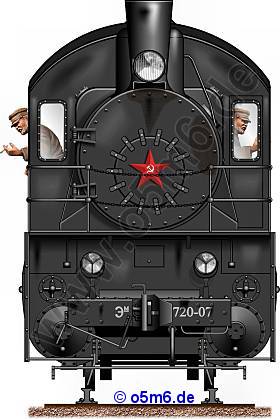
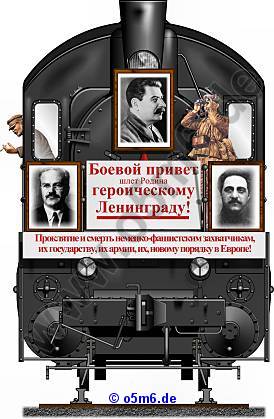
The army was lucky to find a well established railway net with a large park of cargo and passenger locomotives as well as rolling stock.
Built in the 20s and 30s at the large locomotive plants of Lugansk, Gorkiy, Kharkov, Brjansk and Kolomna, the »Series E« (pronounced »ye«) was the standard workhorse among the heavy cargo steam engines.
Produced by the thousands and in countless variants (including E, EM, EG, ESh, EU, and ER), all engines had two cylinders, overheated vapor and automatic brakes and were capable of running the 80 tons at a reasonable speed of 65 km/h under load.
The class was eventually superseded by the well-known SO class 1-5-0 (which can be considered as the further development of the E class), the L class 1-5-0 and the FD class 1-5-1, despite being superseded it was not replaced and the class was widely used until the end of steam in Russia.
As shown by the photo however, it was a »Series E« engine of the special reserve of the »People's Commissariat of the Railraoads« who managed to first deliver urgently needed supplies to the besieged city of Leningrad on February 7, 1943 thus breaking the blocade and giving a morale boost to the encircled population.
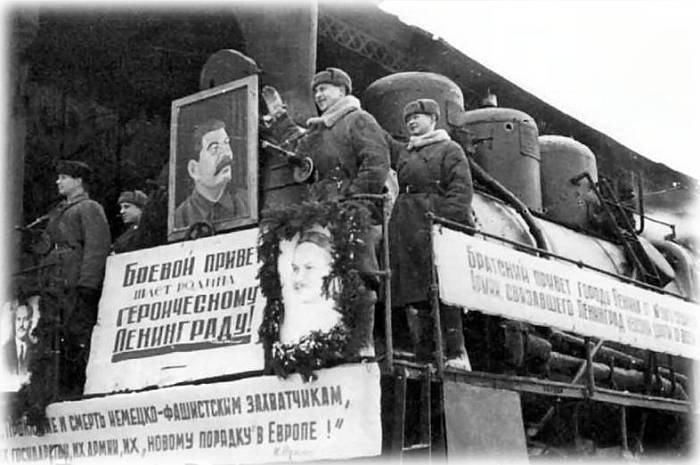
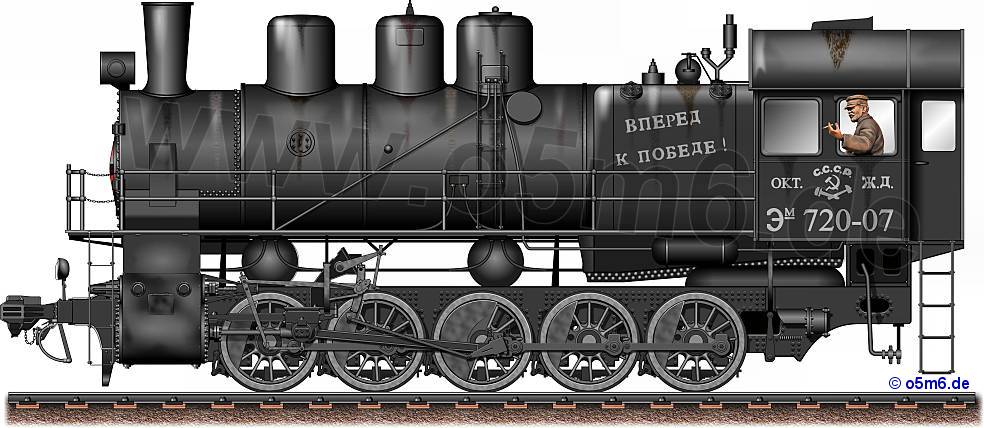
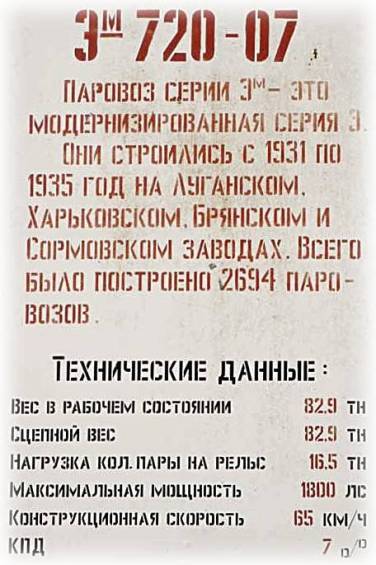
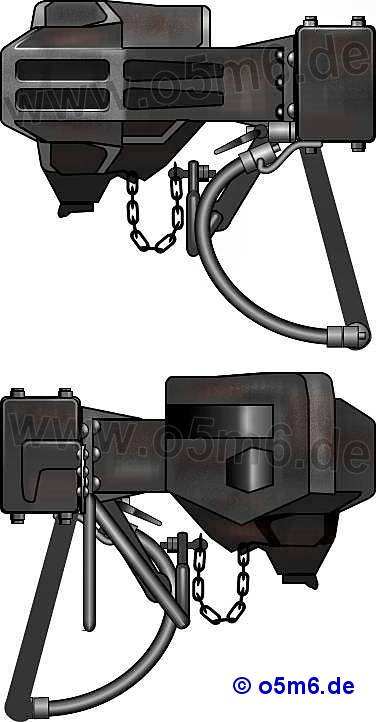
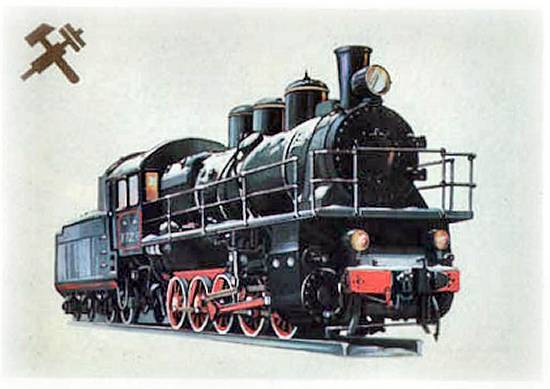
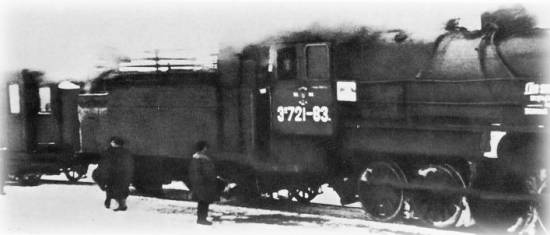
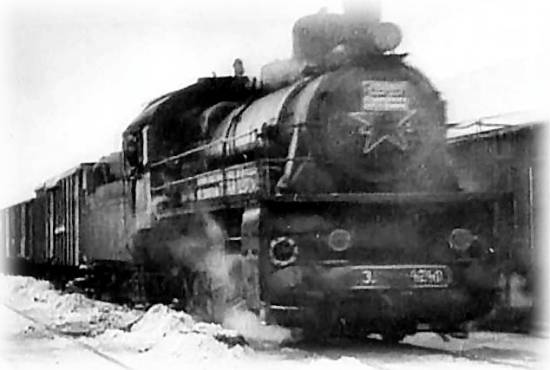
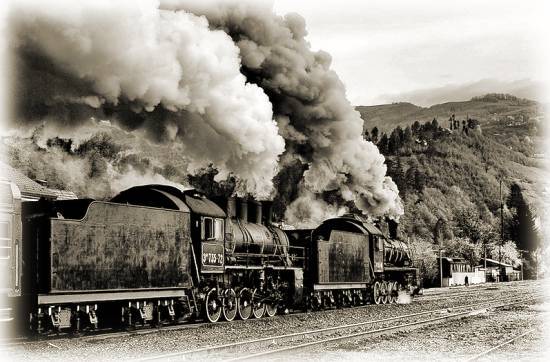

No publication in any form without the author's written permission.
Last Updated: March 26, 2008